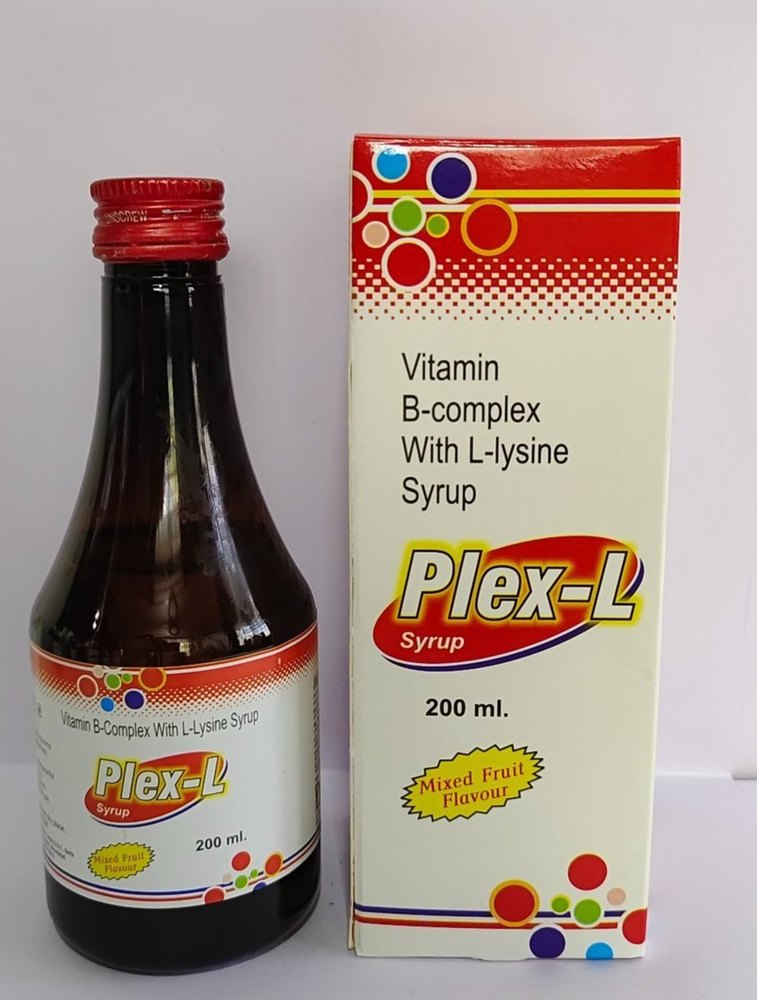Xindal
xindal Tablet contains Clindamycin 300mg and is produced by Orion Lab. It’s available in Nepal at a retail price of 60.00 NPR.
What Xindal Tablet is Used For (Indications)
Xindal Tablet, containing Clindamycin, is an antibiotic that treats various bacterial infections, including:
- Dental infections
- Respiratory tract infections
- Skin and soft tissue infections
- Peritonitis
- Acne
- Anaerobic infections
- Endocarditis
- Toxic shock syndrome
- Bacterial vaginosis
- Pelvic inflammatory disease (PID)
₨60.00
Ask about productDescription
Dosage Information
Adult Dosing:
- Serious Anaerobic Infections:
- Oral (PO): 150-300 mg every 6 hours; for severe infections, this can be increased to 450 mg every 6 hours. The maximum daily dose is 1.8 grams.
- Intravenous (IV): 0.6-2.7 grams per day, divided into doses; for severe infections, up to 4.8 grams per day.
- Endocarditis Prophylaxis (before dental procedures): 600 mg orally, 1 hour before the procedure.
- Toxic Shock Syndrome: 900 mg every 8 hours (when used with penicillin G or ceftriaxone).
- Pelvic Inflammatory Disease (PID): 900 mg every 8 hours (when used with gentamicin).
- Bacterial Vaginosis: 300 mg orally every 12 hours for 7 days.
Child Dosing:
- Neonates (less than 1 month): 15 to 20 mg/kg/day divided into 3 to 4 equal doses. Smaller premature infants may require a lower effective dosage.
- Children (Oral – PO):
- 10–25 mg/kg/day every 8 hours.
- 30–40 mg/kg/day for specific conditions like CA-MRSA (Community-Acquired Methicillin-Resistant Staphylococcus aureus), intra-abdominal infections, or Acute Otitis Media (AOM).
- Children (Parenteral – IV/IM): 20–40 mg/kg/day every 8 hours. Higher doses are used for more severe infections.
How to Administer
- Capsules: Take with or without food. Swallow the capsule whole with a full glass of water, and stay in an upright position.
- Granules: Should be taken with food.
Intravenous (IV) Administration:
- Preparation:
- Dilute 300 mg and 600 mg doses in 50 mL of D5W.
- Dilute 900 mg in 50-100 mL of D5W.
- Dilute 1200 mg in 100 mL of D5W.
- Intermittent IV Infusion: Infuse over 10-60 minutes, ensuring the rate does not exceed 30 mg/minute.
- 300 mg doses infuse over 10 minutes.
- 600 mg doses infuse over 20 minutes.
- 900 mg doses infuse over 30 minutes.
- 1200 mg doses infuse over 60 minutes.
- Important: Do not administer more than 1200 mg of the drug by IV infusion in one hour.
- Continuous IV Infusion: A continuous IV infusion can be given after the initial dose has been administered by rapid IV infusion.
Important Considerations
- Contraindications: Do not use if you have a known hypersensitivity to clindamycin.
- Precautions: Use with caution in patients with renal and hepatic diseases, during pregnancy and lactation, in individuals with gastrointestinal disease, the elderly, females, neonates, and atopic patients. Regular monitoring of blood counts, liver function, and kidney function is recommended.
- Lactation: Clindamycin is excreted in breast milk. While the manufacturer suggests discontinuing the drug or not nursing, the AAP Committee states it’s compatible with nursing.
- Drug Interactions:
- May enhance the action of neuromuscular blocking agents (e.g., atracurium).
- May antagonize the effects of parasympathomimetics.
- May competitively inhibit the effects of macrolides, ketolides, streptogramins, linezolid, and chloramphenicol.
- May lead to increased coagulation tests (prothrombin time/INR) and/or bleeding when used with vitamin K antagonists (e.g., warfarin, acenocoumarol, fluindione).
- Adverse Effects:
- Common side effects include diarrhea, nausea, vomiting, abdominal pain, various skin reactions (erythema multiforme, contact dermatitis, exfoliative and vesiculous dermatitis, urticaria), eosinophilia, local irritation, and thrombophlebitis.
- Potentially Fatal: Gasping syndrome (in neonates) and pseudomembranous colitis (a severe form of diarrhea).
- Mechanism of Action: Clindamycin works by inhibiting bacterial protein synthesis. It does this by reversibly binding to the 50S subunit of the bacterial ribosome, which blocks the essential transpeptidation or translocation reactions, ultimately hindering bacterial cell growth.
Additional information
| form | PACK |
|---|
Be the first to review “Xindal” Cancel reply





Reviews
There are no reviews yet.